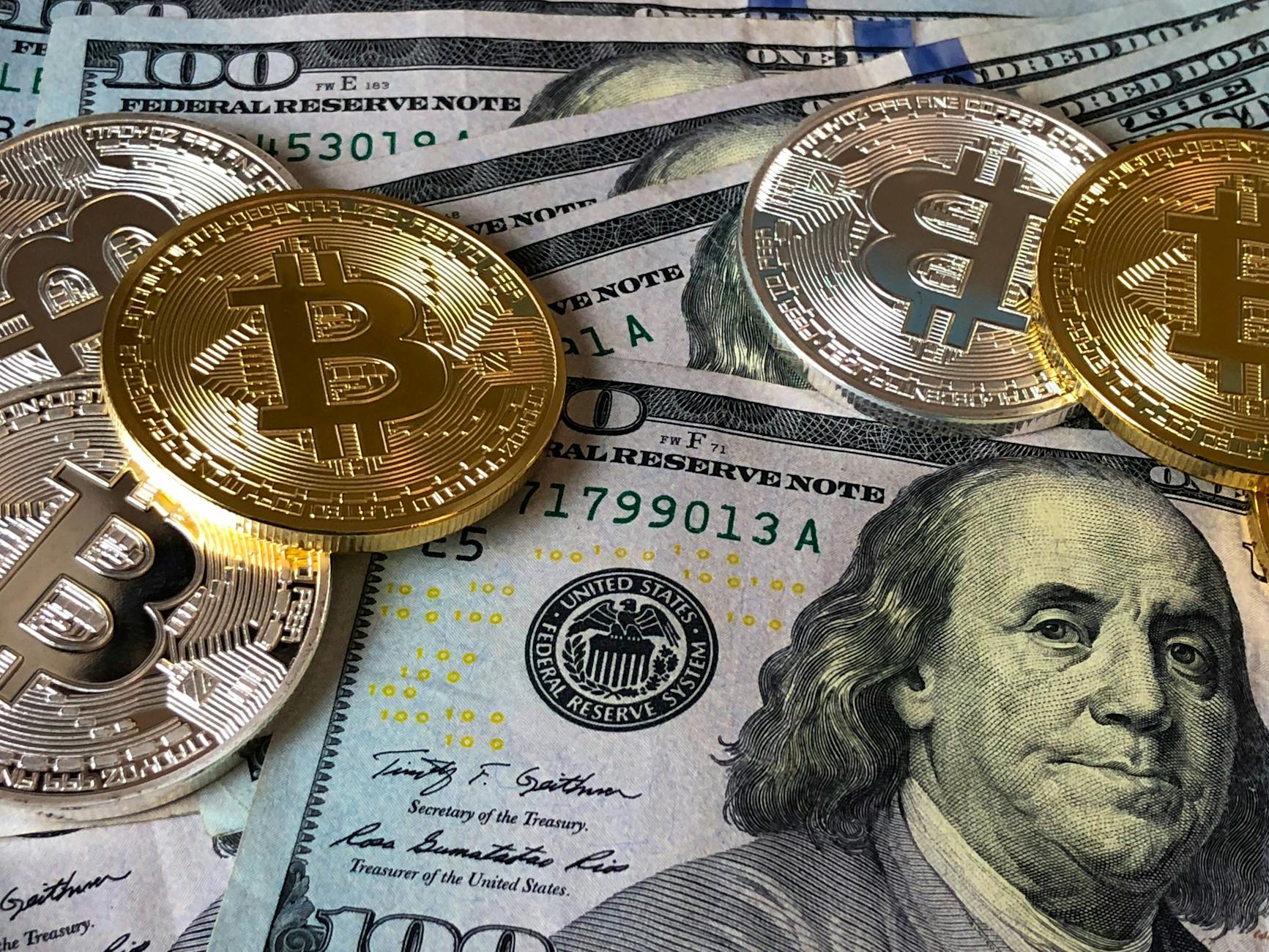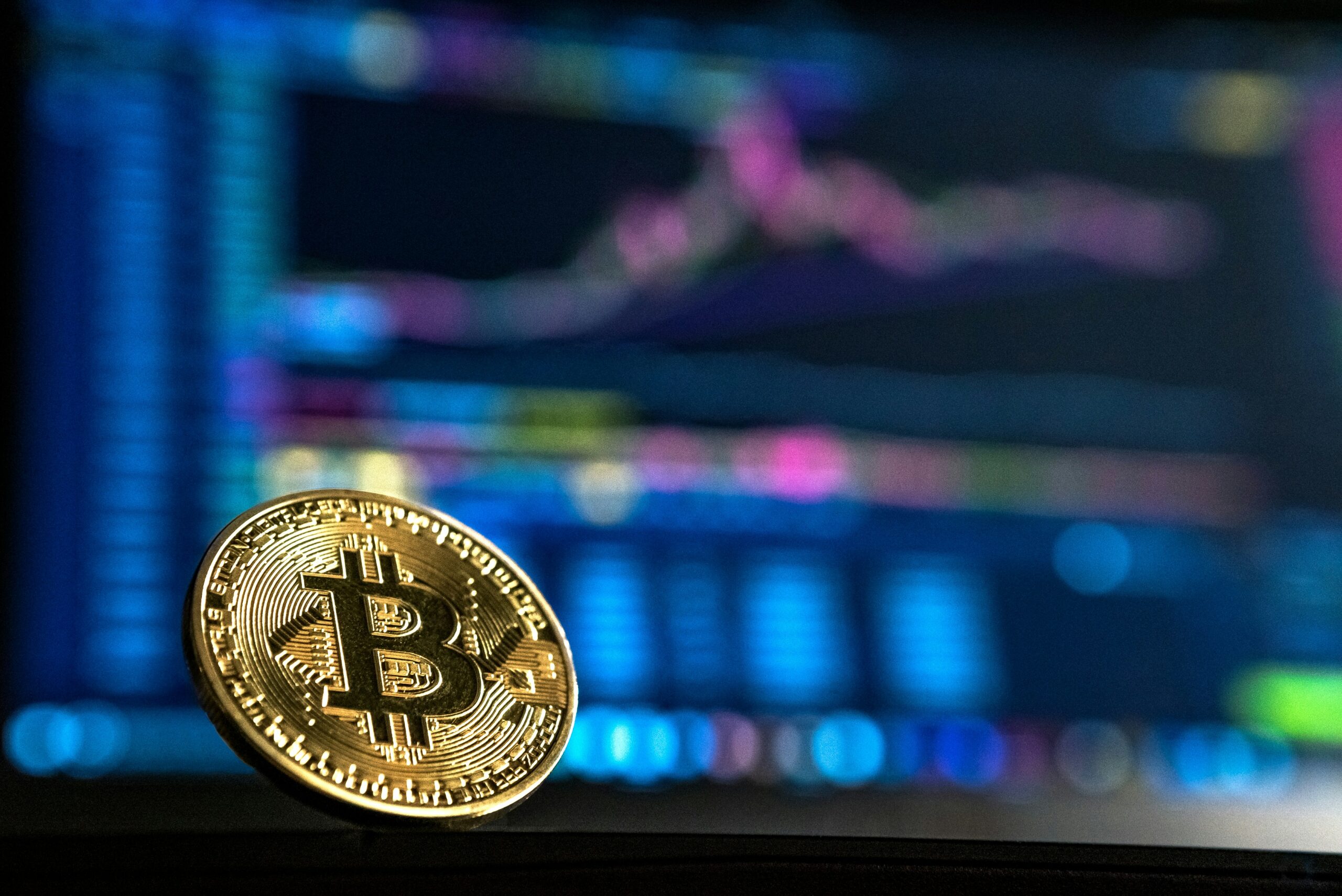Understanding Inflation and its Impact on the Economy
Inflation, in its simplest terms, refers to the general increase in prices of goods and services over time, which subsequently leads to a decrease in the purchasing power of money. Essentially, when inflation rises, each unit of currency buys fewer goods and services, eroding the value of money. This phenomenon can significantly impact the economy, affecting everything from everyday consumer goods to larger investments.
Historically, the United States has experienced several periods of significant inflation. One notable instance was during the 1970s, a decade marked by high inflation rates, peaking at 13.5% in 1980. This surge led to increased costs of living and decreased the real value of savings and fixed-income investments. More recently, the COVID-19 pandemic has triggered another spike in inflation, with the annual inflation rate reaching 5.4% in 2021, the highest since 2008. Such inflationary trends directly affect the average American by diminishing the value of their savings and reducing their purchasing power.
According to the Bureau of Labor Statistics, the current rate of inflation stands at approximately 3.7% as of August 2023. Projections suggest that inflation may continue to hover around this level, posing ongoing challenges for consumers and investors alike. As inflation persists, it exerts pressure on personal finances, making it crucial for individuals to seek effective ways to safeguard their wealth.
Traditionally, assets like stocks and bonds have been employed as hedges against inflation. Stocks, representing ownership in companies, have the potential to appreciate over time, thus outpacing inflation. Bonds, particularly inflation-protected securities, provide fixed returns adjusted for inflation, ensuring that the purchasing power of the invested capital is preserved to some extent. Despite these measures, the effectiveness of traditional assets in combating inflation can vary, prompting the exploration of alternative investment options.
In light of the persistent threat of inflation, understanding its dynamics and impact on the economy is essential. This knowledge empowers individuals to make informed decisions about protecting their financial well-being in an ever-evolving economic landscape.
The Rise of Bitcoin as a Hedge Against Inflation
Bitcoin, a decentralized digital currency, has increasingly been viewed as a viable store of value and a hedge against inflation. Unlike fiat currencies, which are subject to government policies and central banking systems, Bitcoin operates on a peer-to-peer network, making it immune to political and economic influence. This unique characteristic has positioned Bitcoin as an attractive option for those seeking to protect their wealth from the eroding effects of inflation.
Historically, Bitcoin’s performance during periods of economic uncertainty and inflation has been noteworthy. For instance, during the global financial crisis of 2008, traditional assets like stocks and bonds experienced significant downturns. In contrast, Bitcoin, which was introduced shortly thereafter in 2009, has shown substantial growth. By 2013, Bitcoin had gained significant traction, surpassing $1,000 per coin. Fast forward to the COVID-19 pandemic in 2020, Bitcoin soared to new heights, reaching an all-time high of over $60,000 in early 2021.
Statistically, Bitcoin’s adoption rate among investors has been impressive. A survey conducted by the Financial Planning Association (FPA) in 2021 revealed that 49% of financial advisors reported receiving inquiries from clients about cryptocurrencies, with Bitcoin being the most mentioned. Additionally, data from Chainalysis indicates that institutional investment in Bitcoin increased by 133% from 2020 to 2021, reflecting the growing confidence in Bitcoin as a reliable store of value.
Several influential investors and corporations have also turned to Bitcoin in recent years. Notable figures such as Paul Tudor Jones and Stanley Druckenmiller have publicly endorsed Bitcoin as a hedge against inflation. Corporations like MicroStrategy and Tesla have made substantial investments in Bitcoin, with MicroStrategy acquiring over 120,000 bitcoins and Tesla holding approximately 48,000 bitcoins as of 2022. These endorsements and investments underscore the confidence that both individual and institutional investors have in Bitcoin’s potential to serve as a safeguard against inflation.
Demographic Trends: Who is Investing in Bitcoin?
As inflationary pressures continue to shape the economic landscape, an increasing number of Americans are turning to Bitcoin as a potential hedge. Notably, this trend is particularly pronounced among younger demographics. According to a recent survey by Pew Research Center, approximately 31% of Millennials and 19% of Gen Z have invested in, traded, or used a cryptocurrency, with Bitcoin being the most popular choice. This contrasts sharply with older generations, where only about 8% of Baby Boomers report similar engagement.
The inclination of younger generations towards Bitcoin can be attributed to several factors. First and foremost, Millennials and Gen Z have grown up in the digital age, making them more comfortable with digital currencies and technologies. A study conducted by CNBC found that 47% of Millennial millionaires have at least 25% of their wealth in cryptocurrencies, underscoring a significant shift in investment strategies among younger investors.
Financial experts suggest that the appeal of Bitcoin to these demographics lies in its decentralized nature and potential for high returns. “Younger investors are generally more open to new and innovative financial products,” says Sarah Johnson, a financial analyst at XYZ Financial Services. “They see Bitcoin not just as an investment, but as a fundamental shift in how we understand and use money.”
Moreover, trust in traditional financial systems has waned among younger people, who have witnessed multiple economic crises in their lifetimes. The 2008 financial crisis and the recent economic instability due to the COVID-19 pandemic have left lasting impressions. Consequently, Bitcoin’s promise of a decentralized and transparent financial system resonates strongly with these generations.
Surveys also indicate a growing reliance on digital currencies among younger demographics. A 2022 report by the Federal Reserve revealed that 40% of people aged 18-34 view cryptocurrencies as a viable alternative to traditional investment vehicles. This growing trust is likely to continue driving the adoption of Bitcoin among younger Americans, further solidifying its role as a safeguard against inflation.
Future Outlook: Bitcoin and the American Economy
The future role of Bitcoin in the American economy, particularly as a hedge against inflation, is a subject of significant speculation. As inflationary pressures persist, many see Bitcoin’s decentralized nature as a potential safeguard for their financial assets. However, the landscape for cryptocurrency is likely to be shaped by evolving regulatory frameworks. Financial analysts predict that increased government scrutiny could either bolster Bitcoin’s legitimacy or impose restrictions that might stifle its growth. The United States Securities and Exchange Commission (SEC) and other regulatory bodies are already evaluating how to integrate cryptocurrencies into existing financial regulations, which could have profound effects on Bitcoin’s utility as an inflation hedge.
Forecasts from financial analysts present a mixed but optimistic view of Bitcoin’s long-term viability. Some experts believe that Bitcoin could reach unprecedented valuation levels, driven by its limited supply and increasing acceptance as a store of value. Others caution that the market’s inherent volatility poses risks that could deter mainstream adoption. Nonetheless, the potential for Bitcoin to disrupt traditional financial systems remains substantial. As more institutional investors enter the cryptocurrency market, Bitcoin’s role within the broader economic framework is likely to grow, potentially providing a more stable hedge against inflation.
The technological advancements underpinning Bitcoin and other cryptocurrencies are crucial to their future adoption and stability. Innovations in blockchain technology promise to enhance security, efficiency, and scalability, making cryptocurrencies more appealing to a wider audience. Developments like the Lightning Network aim to address Bitcoin’s transaction speed and cost issues, potentially making it more practical for everyday use. Additionally, the rise of decentralized finance (DeFi) platforms highlights the growing interest in blockchain-based financial solutions, which could further integrate Bitcoin into the mainstream financial ecosystem.
Investing in Bitcoin as a strategy to combat inflation involves a careful consideration of both risks and rewards. While Bitcoin offers a promising alternative to traditional assets, its volatility and regulatory uncertainties present significant challenges. Investors must weigh these factors carefully, balancing the potential for high returns against the inherent risks of a relatively new and evolving market. As the economic landscape continues to evolve, Bitcoin’s role in protecting against inflation will depend on a combination of technological innovation, regulatory developments, and market dynamics.


